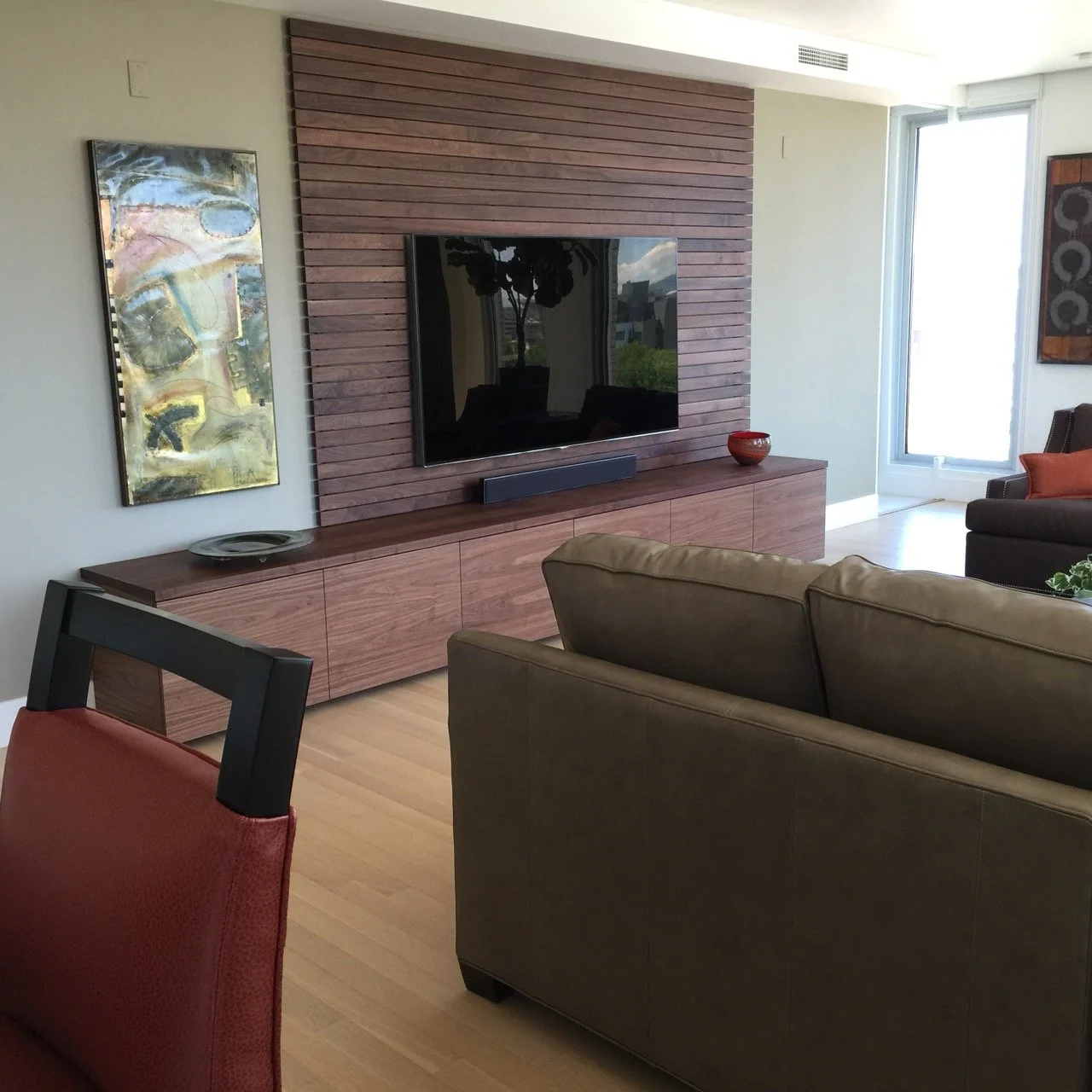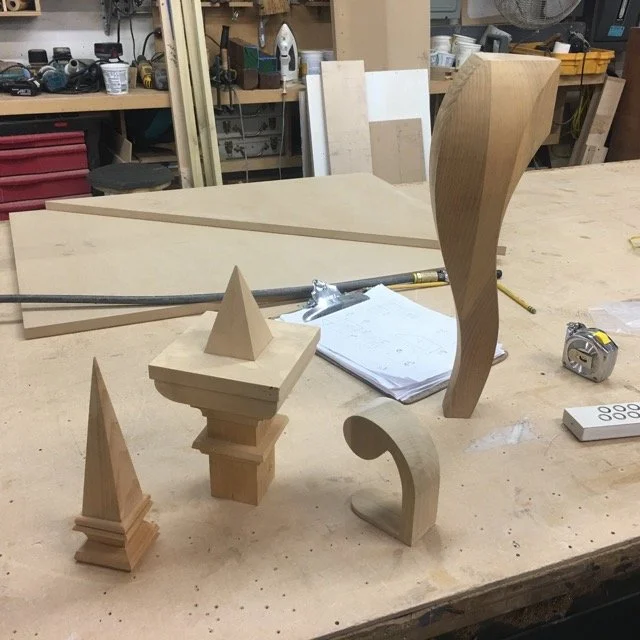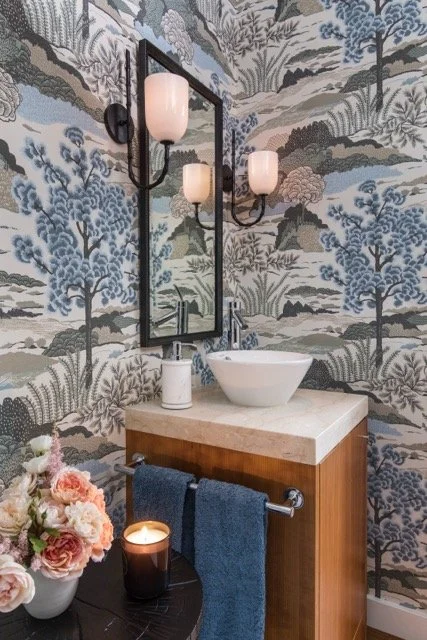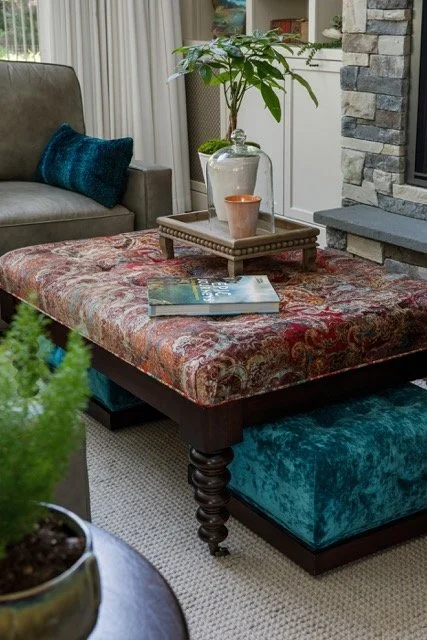Designing with Detail in Mind: 5 Small Decisions That Elevate a Space
This post is the second in a three-part series exploring the role of thoughtful interior design details. Over the next few weeks in Jen’s Journal, we’ll take a closer look at how these small-but-mighty decisions – from millwork and architectural elements to accessories and finish selections – can transform the way a home feels.
When it comes to custom interiors, the little things really do make a big difference.
In our last Journal post, we shared why thoughtful interior design details are so essential to creating a home that feels both beautiful and personal. Today, we’re zooming in on five specific design decisions that may seem small but often have an outsized impact on how a space looks, feels, and functions. We’re sharing five real-world examples of small design choices that made a big difference, each one rooted in experience and guided by our studio’s belief that beautiful homes are built layer by layer.
Whether you’re in the early stages of a custom home build, navigating a renovation or updating your interior furnishings and decor, these examples offer practical ways to elevate your space with intention.
1. Customize What You Already Own
One of our favorite recent design moments started with an existing piece: a console that the clients had used and loved in their previous home.
The only problem? In the new home, the proportions felt off. It sat too low and no longer aligned with the sight lines of the space. Rather than swap it for something new, we worked with a local craftsperson to remove the dated bun feet and fabricate custom-turned legs that added both height and style. The result was a piece that felt tailored to the new environment while still carrying the history and sentiment of the original.
It’s a reminder that customization doesn’t always mean starting from scratch.
2. Don’t Forget the Fifth Wall
The ceiling may be the most overlooked surface in a home, but it’s also one of the most powerful.
Whether it’s using paint to define a coffered detail, wallpapering a powder bath ceiling for impact, or adding subtle sheen to reflect light in a small space, we often look up when others forget to. These decisions don’t have to be dramatic. Sometimes, a satin finish on a ceiling (as opposed to a flat one) can elevate the entire mood of a room without saying a word.
In a recent bath below, we painted the ceiling Urbane Bronze to complement the colors of the wallpaper.
If you want your home to feel elevated, don’t forget to look up! .
3. Layer Wall Finishes for Depth and Movement
Wall finishes aren’t just for decoration. They can be storytelling tools.
We’ve used hand-troweled plaster to add softness and movement to a room, selected wallpapers with texture for a luxe-but-livable feel, and collaborated with local artisans for hand-painted murals that reflect our clients’ personal histories. These layers not only provide visual interest but also soften acoustics and shift the atmosphere of a space.
Subtle, bold or someplace in-between, wall finishes and wallpaper can be a way to personalize and express a design detail that flows to the architecture, to the clients sense of design style and personality.
4. Customize Cabinetry Depths and Touch Points
Great millwork should feel like it was always meant to be there. But often, it takes a few small tweaks to get it right.
We often work with cabinetmakers to adjust standard cabinet depths so they align seamlessly with nearby finishes or eliminate awkward countertop overhangs.
In one kitchen, we worked closely with the cabinet maker to remove visible hardware from upper cabinets altogether. Instead, we incorporated hidden lips and touch-latch systems for a cleaner, more streamlined look. It’s the kind of detail that seems simple, but requires a lot of behind-the-scenes planning.
Function should always walk hand-in-hand with form, and sometimes that means getting creative with the cabinetry. These changes aren’t flashy, but they’re the difference between “nice” and nailed it.
5. Finish Strong with Custom Soft Goods and Fixtures
Sometimes, it’s the smallest decorative touches that pull a room together.
In our studio, we often elevate a space with custom trim on drapery panels or pillows. It might be a tailored flange in a contrasting color, or an unexpected fabric choice that adds texture and subtle movement. These design decisions are simple but intentional, adding polish without overwhelming the room.
We also keep an eye out for unique accessories that can be customized – swapping out a lamp shade, adding a base or changing one out scale, or changing a finish to better complement the surrounding materials. These refinements might seem minor, but they play a big role in making a space feel finished and cohesive.
Looking Closer, Building Better
At J. Myers + Associates, we believe in thoughtful design that works hard and looks effortless.
The details we’ve shared here are just a few of the many ways we customize each space with our clients in mind. And while no two homes are alike, the philosophy behind these decisions remains the same: beauty lives in the layers.
Want more examples? Check out last week’s post where we explore the broader role of customization and early planning in a well-designed home.
Stay tuned for our next post in this series, where we’ll share real-life portfolio highlights and a few more behind-the-scenes stories of how these details come to life.
This post is the second in a three-part series exploring the role of thoughtful interior design details. Over the next few weeks in Jen’s Journal, we’ll take a closer look at how these small-but-mighty decisions – from millwork and architectural elements to accessories and finish selections – can transform the way a home feels.








